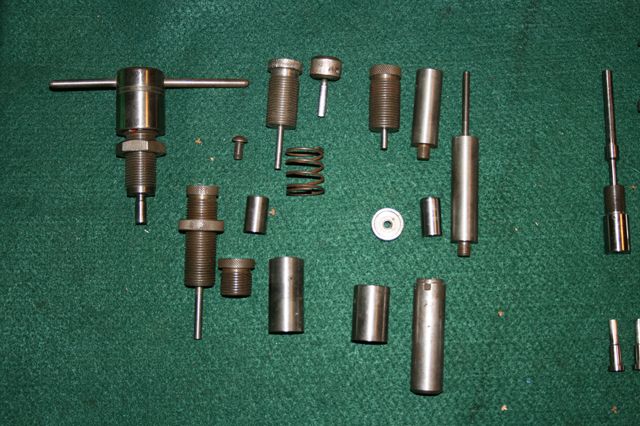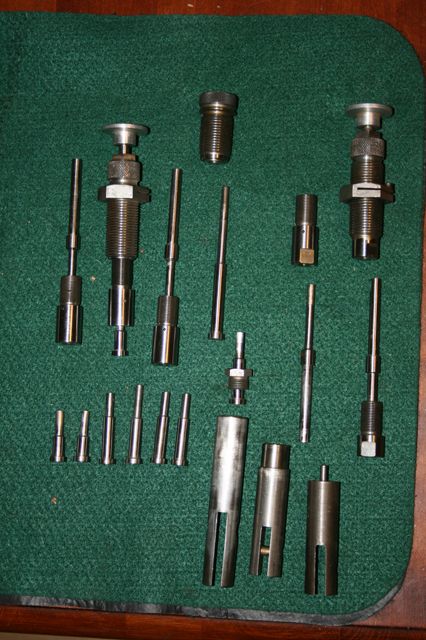I have a vintage bullet forming die set made by Biehler and Astles. I think it is for .224 bullets and it comes with a jacket forming die for use with spent .22 lr cases. I would appreciate any info on using these dies. I will post pictures if there is interest in these dies. I also have the original instruction sheet but seems like "greek" to me. Any input would be greatly appreciated.

|
   
   
|


|



 Reply With Quote
Reply With Quote










 USAF RET 1971-95
USAF RET 1971-95




